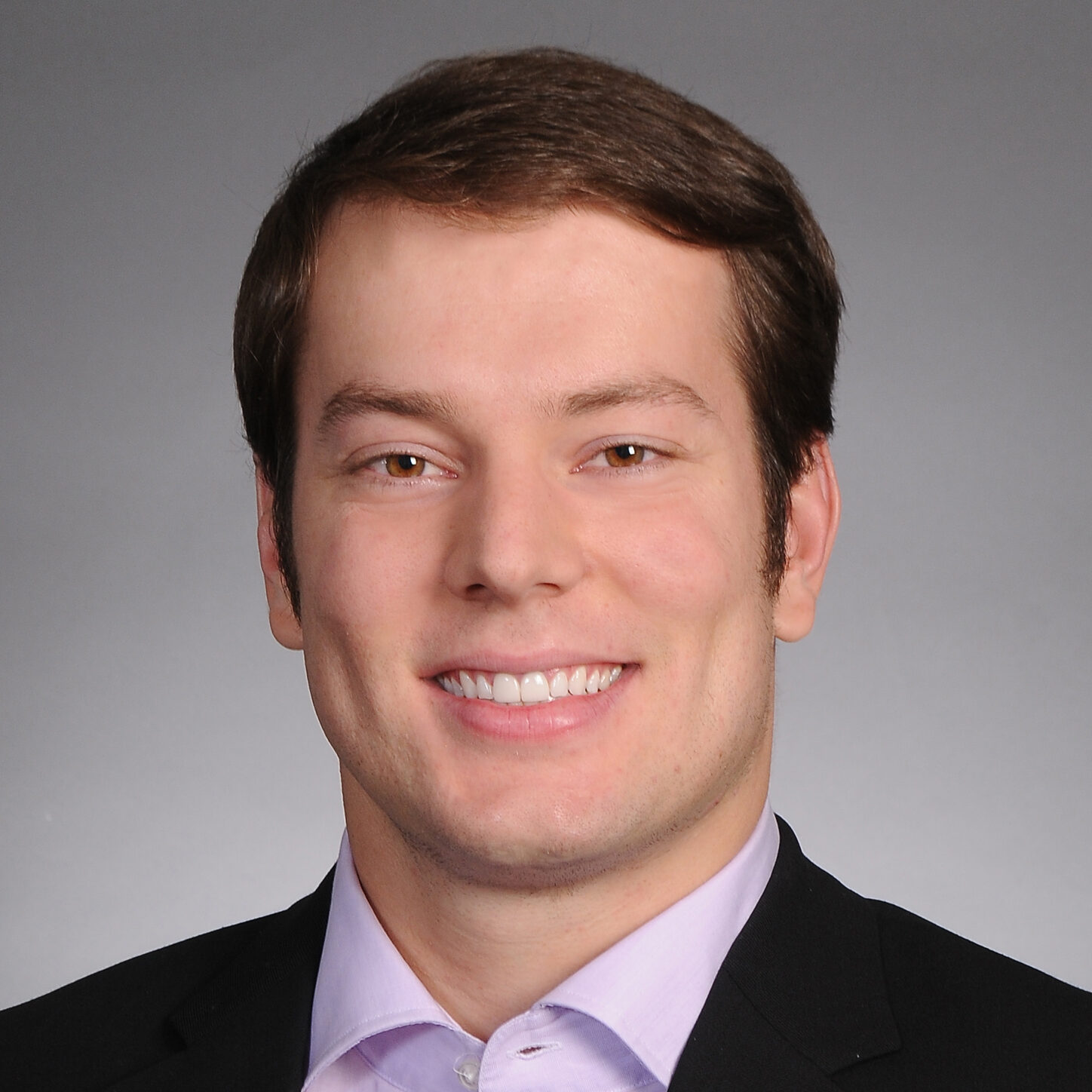“Utilizing examiner interviews during prosecution can help expedite the process, reduce costs, and keep the prosecution history clean (i.e., by avoiding or reducing prosecution history estoppel).”
 In Part I of this series we discussed how patent portfolio managers should be careful when generating company-owned prior art or reviewing competitor prior art, and how a patent litigation or licensing campaign can be significantly hamstrung based on how the United States and Europe consider intervening prior art. In Part II, we examined software patents with U.S. and European Patent (EP) family members. Part III builds on Parts I and II and focuses on the value of examiner interviews in the U.S. and Europe.
In Part I of this series we discussed how patent portfolio managers should be careful when generating company-owned prior art or reviewing competitor prior art, and how a patent litigation or licensing campaign can be significantly hamstrung based on how the United States and Europe consider intervening prior art. In Part II, we examined software patents with U.S. and European Patent (EP) family members. Part III builds on Parts I and II and focuses on the value of examiner interviews in the U.S. and Europe.
Value of Examiner Interviews
Patent portfolio developers should push to have an interview with the examiner in every application where reasonable, regardless of whether it is a U.S. or European application.
Examiner interviews have historically been very helpful for applicants and are highly recommended in the United States during patent prosecution. Utilizing examiner interviews during the prosecution can help expedite the process, reduce costs, and keep the prosecution history clean (i.e., by avoiding or reducing prosecution history estoppel). Additionally, during an interview, applicants can better understand an examiner’s position on a particular issue or work through some arguments with the examiner (e.g., regarding obviousness) before putting limiting statements into writing in a response. Notably, although examiners are supposed to summarize in writing everything that happens during an interview, they often write a very brief summary without going into much detail. Such brief summaries are good for patent owners because they show the examiner’s consideration of certain issues but create little or no prosecution history estoppel.
U.S. Examiner Interviews: Have an Agenda
The agenda is key in a U.S. examiner interview. Most examiners will ask the applicant to submit an agenda by fax or email in advance of the interview to summarize issues for discussion. From experience, it is better to fax the interview agenda because it is less likely to be entered into the file wrapper. Even if an examiner does not make such a request, it can be advantageous to provide some pre-interview guidance to the examiner about the focus of your arguments, relevant portions of the prior art references, and/or potential claim amendments so that the examiner can adequately prepare for the interview and the parties can hopefully reach agreement during the interview. Applicants should avoid making statements in the agenda that could create unwanted prosecution history estoppel if the agenda is placed in the file wrapper. Instead, include only brief arguments that identify the relevant claim language and the portions of the reference that show why the rejection is deficient. Proposed claim amendments can be included in the agenda in addition to or instead of written arguments. It is usually a good idea to only include arguments and/or amendments for the independent claims to help focus the discussion.
For European companies, the U.S. examiner interview may also be a chance to test auxiliary requests. A unique feature of pre- and post-grant procedures at the European Patent Office (EPO) is the ability to file auxiliary requests. An auxiliary request is an auxiliary claim set filed at the same time as the main claims that are being pursued. The auxiliary request is considered only if the EPO deems the main claims being pursued as unallowable. Auxiliary requests may be filed during the written examination. Technically, auxiliary requests do not exist in the United States, but the interview is a chance to test auxiliary requests because the examiner will provide his or her thoughts on amendments (even if different than the agenda) when asked. Of course, the examiner will probably also ask the applicant to file the official amendments before officially agreeing with an amendment.
European Examiner Interviews: Use Them
Examiner interviews at the EPO are typically underutilized. The EPO itself has begun to encourage examiner “consultations” or telephone interviews during patent prosecution. A consultation request is free and easy to do—an applicant simply calls or emails the examiner to schedule an interview. It is also helpful if the applicant includes such request at the end of their Office Action Response (e.g., “In the unexpected case that the Examination Division still has concerns about the allowability of the claims, the Division is respectfully asked to solve open questions by telephone enquiry with the signee.”). Finally, because many national courts in Europe do not use prosecution history estoppel, interview records at the EPO have less risk for the patentee versus the U.S. Patent and Trademark Office, where the interview can create such estoppel.
Consider the Differences
To implement a successful strategy for establishing U.S. and European patent family members and working in concert with both systems, entities should consider substantive differences between the patent systems. Specifically, patent portfolio managers, patent attorneys, and litigators should consider substantive differences between U.S. examination, U.S. courts, European examination, and national courts in Europe related to intervening prior art, software patents, and examiner interviews as discussed in Parts I, II, and III of this article.
Information in this series has been sourced from U.S. patent attorneys, EPO patent attorneys, German patent attorneys, and attorneys who have practiced in both the U.S. and Europe for decades.
Image Source: Deposit Photos
Image ID:20780069
Copyright:pincasso

![[IPWatchdog Logo]](https://ipwatchdog.com/wp-content/themes/IPWatchdog%20-%202023/assets/images/temp/logo-small@2x.png)



![[Advertisement]](https://ipwatchdog.com/wp-content/uploads/2024/04/Artificial-Intelligence-2024-REPLAY-sidebar-700x500-corrected.jpg)
![[Advertisement]](https://ipwatchdog.com/wp-content/uploads/2024/04/UnitedLex-May-2-2024-sidebar-700x500-1.jpg)
![[Advertisement]](https://ipwatchdog.com/wp-content/uploads/2024/04/Patent-Litigation-Masters-2024-sidebar-700x500-1.jpg)

![[Advertisement]](https://ipwatchdog.com/wp-content/uploads/2021/12/WEBINAR-336-x-280-px.png)
![[Advertisement]](https://ipwatchdog.com/wp-content/uploads/2021/12/2021-Patent-Practice-on-Demand-recorded-Feb-2021-336-x-280.jpg)
![[Advertisement]](https://ipwatchdog.com/wp-content/uploads/2021/12/Ad-4-The-Invent-Patent-System™.png)






Join the Discussion
8 comments so far.
Pro Say
September 14, 2021 07:27 pmThanks Sean @ 7. Hadn’t previously known about your paper.
Excellent research and suggestions.
Two interview suggestions:
1. When in doubt, interview.
2. As when dealing with the IRS; never say / ask / discuss more — or less — than is actually needed.
Ships aren’t the only thing loose lips sink.
S. Sean Tu
September 14, 2021 04:40 pmFYI- I did an empirical study on the effectiveness of Examiner Interviews in the US. Here is a link to a free copy of the study:
https://papers.ssrn.com/sol3/papers.cfm?abstract_id=3725770
We reviewed over a million patents with Examiner interviews and compared them against the Examiner’s total docket to determine if the patents with interviews were prosecuted more efficiently than those without interviews.
Max Drei
September 14, 2021 01:17 pmI agree, that this series should go further. As the area where the most misunderstanding exists, between these two jurisdictions, I would nominate prosecution amendments. What goes to issue has to be i) supported with a WD and ii) definite. But the perceptions what that entails are wildly different, as one crosses the Atlantic Ocean. It’s a problem for drafters. Discuss!
Anon
September 14, 2021 09:11 amAs the global pandemic has ushered in the likes of remote videoconferencing such as Teams, Zoom, and Skype, the ability to wield collaboration skills in a personal touch have double-jumped from the coldness of the written word, and past the improvement of teleconferencing to human face to human face videoconferencing.
Alex
September 14, 2021 02:26 amGreat follow up to the first two parts. Interesting to learn that we European patent attorneys can use auxiliary requests in more creative ways in the US. This series is getting better and better as a comprehensive roadmap how we European practitioners can become more successful/compatible with US practice, without overly complicating the information. Not sure if the final paragraph suggests the end of this series. Hope not, can’t wait for part 4!
Shyon
September 13, 2021 08:25 pmthe three parts of this article provide great tips for anyone looking to file a patent application that will be used in the US and Europe.
Patent Researcher
September 13, 2021 08:08 pmGreat series! This is helpful for companies filing in the US and Europe.
Pro Say
September 13, 2021 04:07 pmThanks guys — very worthwhile series.